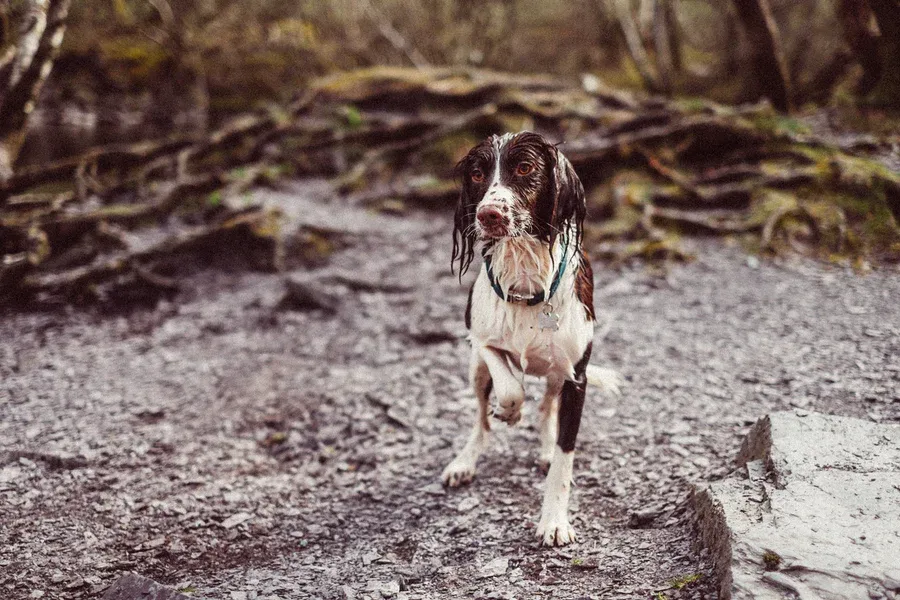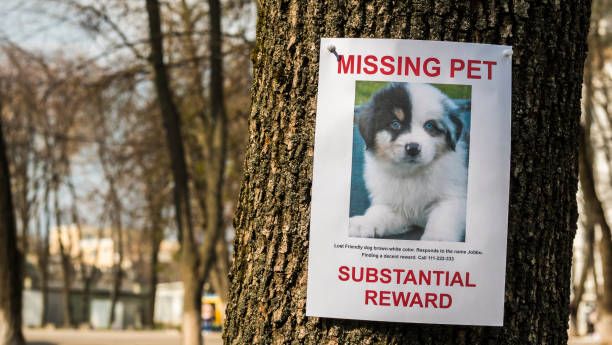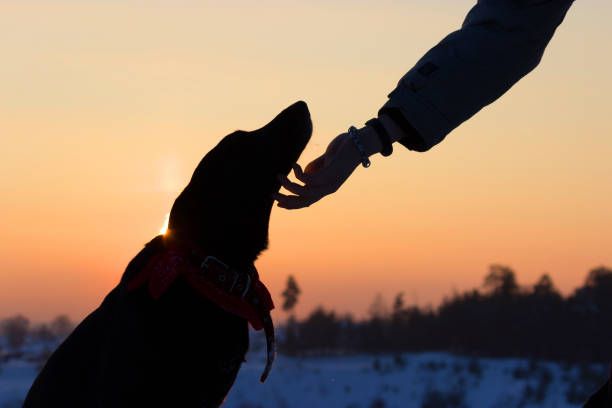How To Find Your Lost Canine Friend And Bring Them Home Safely
The likelihood of finding a lost dog is 90% within the first 12 hours, and 49% of dog owners find their dog by searching the neighborhood. Think clearly, act quickly and create a game plan to find your pet. Report to different organizations for your missing dog.

Companionship is essential to all pet owners, so losing your beloved dog, for instance, can be a traumatic experience for both of you. But don’t panic. In a survey done by the American Society for the Prevention of Cruelty to Animals (ASPCA), 90% of lost dogs are eventually found. So take a few seconds to take a deep breath and follow the tips below. Think clearly, act quickly but rationally, and create a game plan to recover your pet, keeping in mind typical lost dog behavior and your dog’s personality.
If possible, try to ask friends and family to help with the process to ensure maximum efficiency. Time is of the essence, so let’s dive right into some tips!
Page Contents
What Should I Do If My dog is Missing?

First, check your immediate surroundings. The likelihood of finding a lost dog is 90% within the first 12 hours, and 49% of dog owners find their dog by searching the neighborhood. So start the search as soon as you realize your dog is gone or has disappeared. Perhaps your dog is just wandering around on your neighbor’s lawn. Do a thorough physical search of the area where your dog was last seen, checking your neighbor’s backyards and other nearby spots before expanding your search perimeter. Your dog might even return home on their own, using scent to guide their way back. If they do not return, know that even the most domesticated dogs can travel long distances and survive by scavenging for food and water until they return home. A lost dog can potentially survive for months on their own. Hold on to this hope and as you are searching, tell people you encounter that you are looking for a lost dog and ask them to contact you if they see your dog.
Here are some tips to help you during the search:
- Call your dog’s name clearly but calmly to avoid scaring your dog more by making them think that you’re angry.
- Make sure one person stays home to receive your dog in case they return on their own.
- Bring your dog’s favorite toy or treat, since they can follow scents for miles and would be happy to see their favorite toy when they’re found.
- Retrace your path to the areas you recently or frequently walked with your dog, in case they have returned to these familiar areas in their search for you.
Second, think about these questions as you plan to expand your search perimeter and develop your game plan:
- Before the disappearance, was your dog frightened by something, or does it have an adventurous/curious personality and like going on adventures?
- Are there any nearby places or people your dog could have visited?
- Are there any dangers nearby, perhaps places where your pet could get stuck in or in trouble?
- Realistically, how far do you think your dog could have traveled in the amount of time they’ve been lost?
- Is your dog active and fit and likely to have run further, or laid-back and less active?
Third, think about your dog's personality using the questions above for guidance. For example, is your dog friendly, or is it shy? Was it injured at the time of disappearance? A typical friendly and confident dog is more likely to be found where there is a lot of activity (perhaps somewhere where people or other dogs gather). On the other hand, a shy, frightened or injured dog, or one lost in a strange area, is more likely to be hiding or on the run.
Fourth, make and print flyers with your dog’s information, so you can post them around your neighborhood and around the area where you think your dog was lost. Consider the following points when creating your flyers:
- A description of your dog that includes any unique or recognizable features
- A clear photo of your dog
- Collar tag details (if your dog was wearing one at the time when there are lost)
- Last known location (if you know)
- Microchip ID number (if your dog has one)
- Your contact information
- Reward details (if there is a reward)

Knowing Who You Can Contact if Your Dog Has not Returned
If your dog has been microchipped, call the microchip company to make sure your contact information is up-to-date. That way, if someone finds your dog and brings them to a vet or shelter, the microchip ID can be scanned, and they can look you up in the microchip database.
However, note that only 15% of people found their dogs using a microchip or ID tag because microchips do not contain any GPS or other technology that would track or locate your dog in real-time. Therefore, the only job of a microchip is to identify a missing dog’s details if they are found.
If your dog has a collar and all goes well, anyone who finds your dog can contact you with the correct information.
You can also call local animal shelters, pet rescue centers, dog wardens, animal control, and other similar organizations to report your dog missing. Use Petco Lost Love in the US to report your dog missing in the national database.
If you think the worst could’ve happened and there is the risk of an emergency, you can consider calling 911.
If you still haven’t found your dog, and you’re becoming more anxious, the following ideas could be helpful:
- Pay to put out a missing dog notice in your local newspaper or radio.
- Hire a pet detective or missing animal response specialist.
- Offer a reward and be generous (offering what you can afford to pay).
- Call or visit animal shelters around you.
- Use other lost dog websites and apps such as Fido Finder or Pet Amber Alert
- Contact animal control to find out if they’ve seen your dog.
Stay Positive & Follow These Prevention Tips

It is easy to enter a stage of hopelessness after you aren’t able to find your dog after a relatively long period. However, do not be discouraged. Believe it or not, many dog owners have experienced the same thing as you, and many of them have also reunited with their canine friends. For motivation, look up successful stories online and remain hopeful that you will find your beloved companion.
However, do remain smart and alert: beware of dog theft scams. Dog thieves may try to contact you and pretend the dog is theirs for greedy reasons. It is possible that the dog belongs to a rare breed. If someone claims a dog is theirs, let them prove it by asking them to describe your pet and send a photo. Be careful of anyone who asks for money before they return your dog. Many experts recommend omitting one identifying characteristic when advertising a lost pet, so you can use it to test if that person is legitimate.
Understandably, you would like to avoid this situation and prevent your dog from being lost again. Therefore, here are a few prevention tips to make sure you won’t lose your dog again:
- Ensure your dog is always wearing a collar with a dog tag containing the correct/updated information, such as your phone number and address.
- Contact a microchip company to have your dog microchipped and consider equipping them with a GPS tracker.
- Check your gate or fence regularly to ensure there are no weak spots where they would have escaped.
Above all, remain hopeful that you will be reunited with your pet, and don’t be discouraged. Your dog is probably searching for you too.
References
Horberg, Mia. 2021. "How To Find A Lost Dog – Resources & Posters." Preventivevet.Com.
https://www.preventivevet.com/dogs/how-to-find-a-lost-dog.
"How To Find A Lost Dog." 2022. The Humane Society Of The United States.
